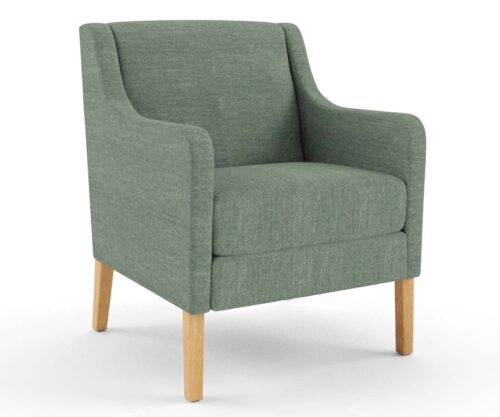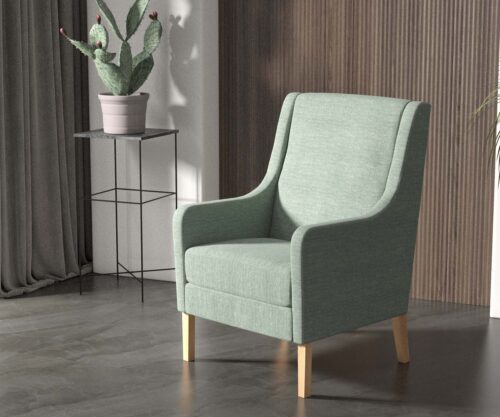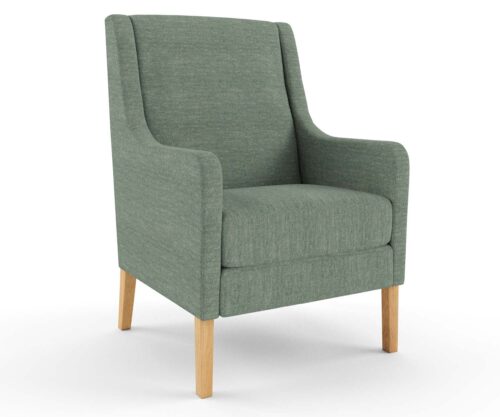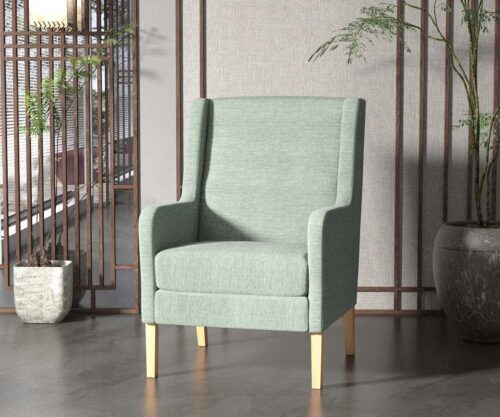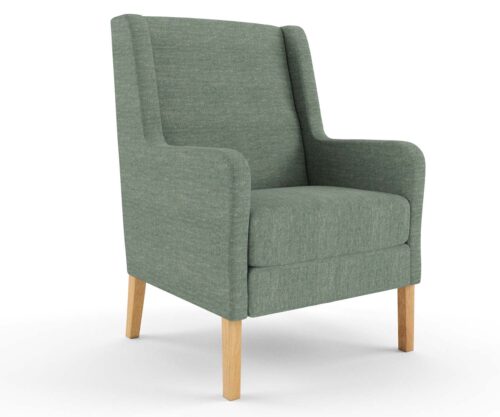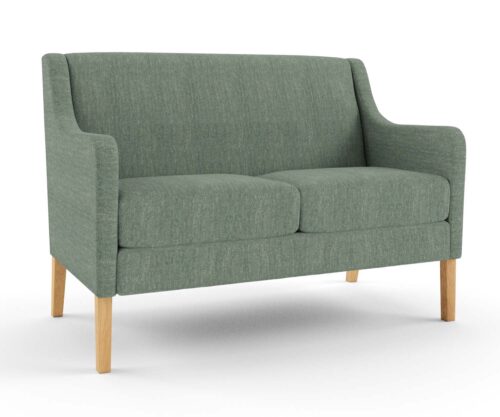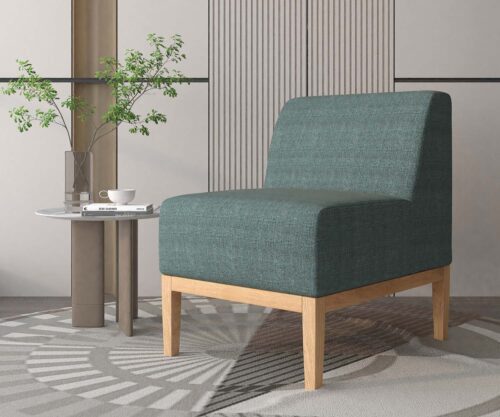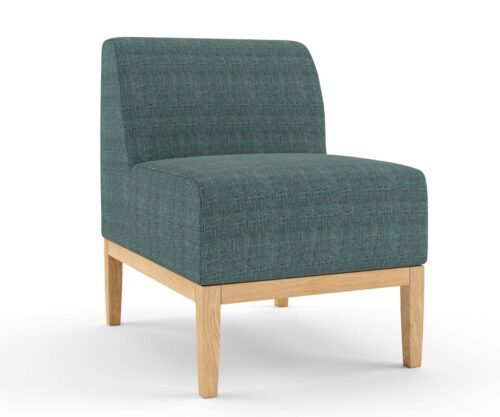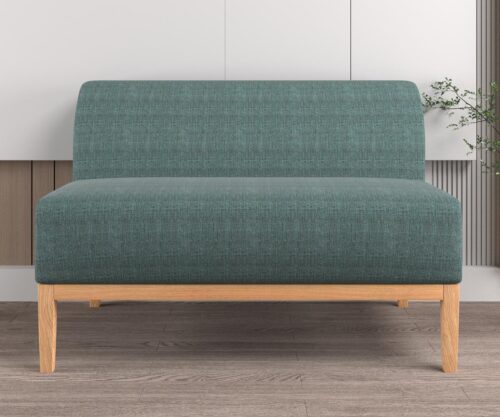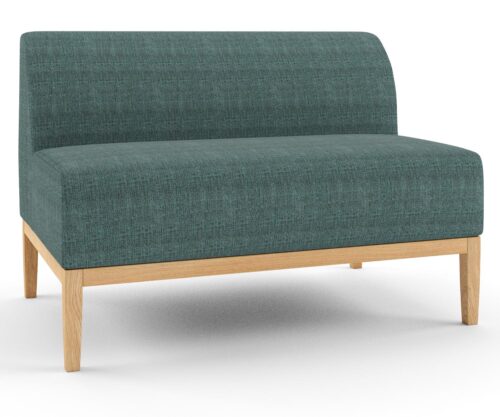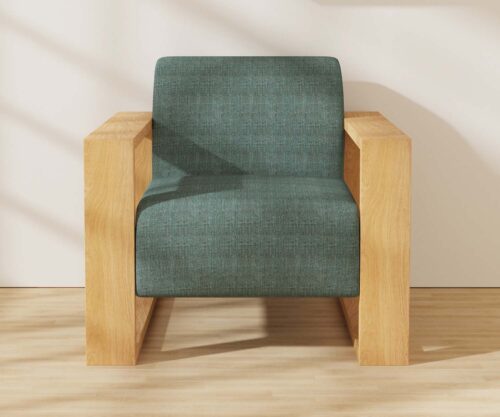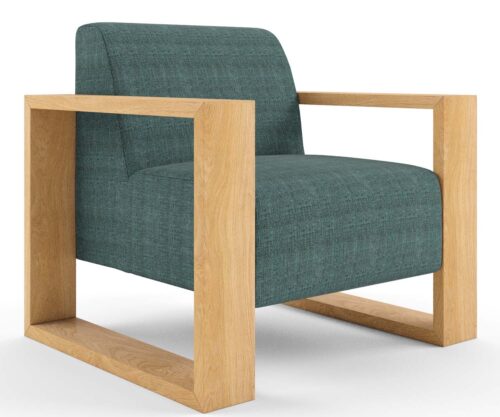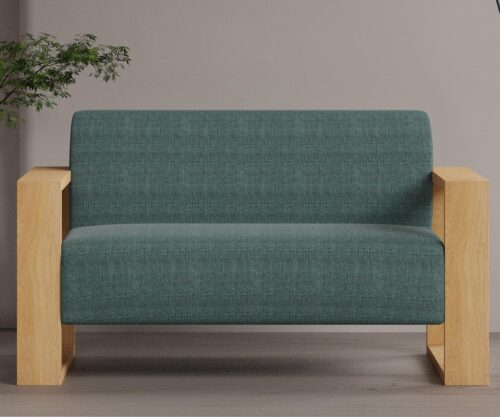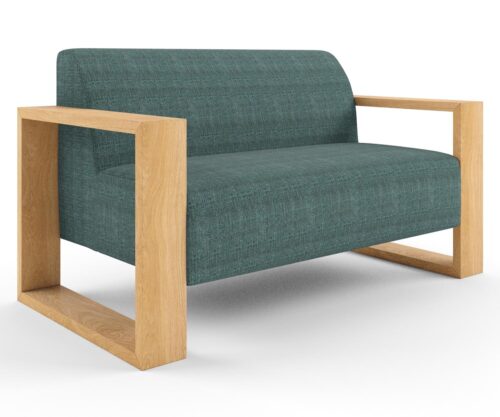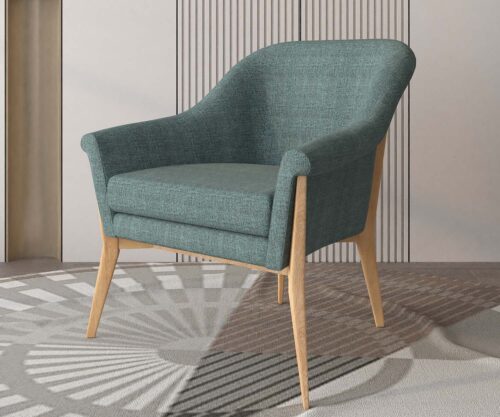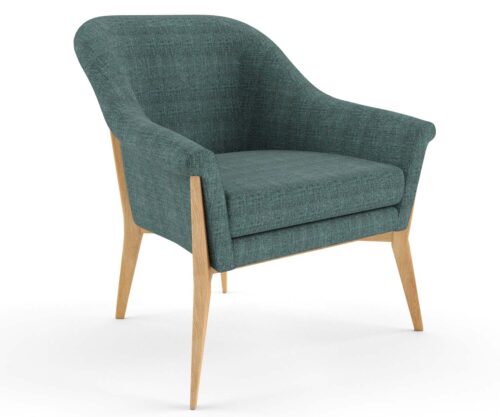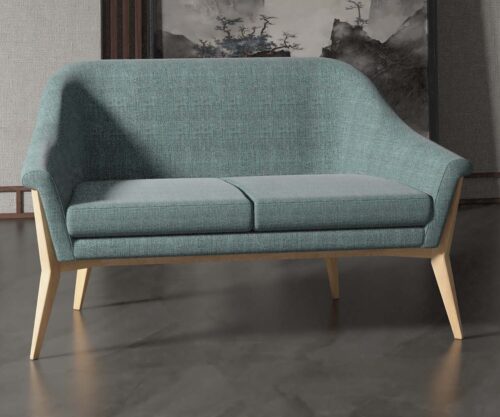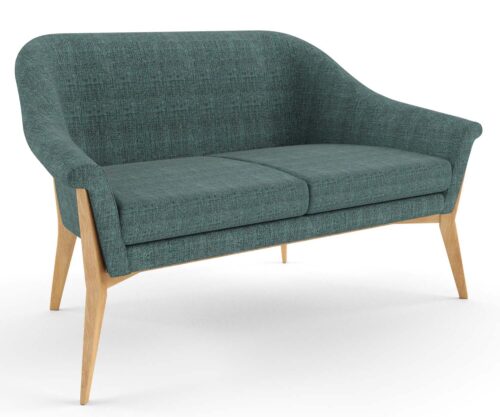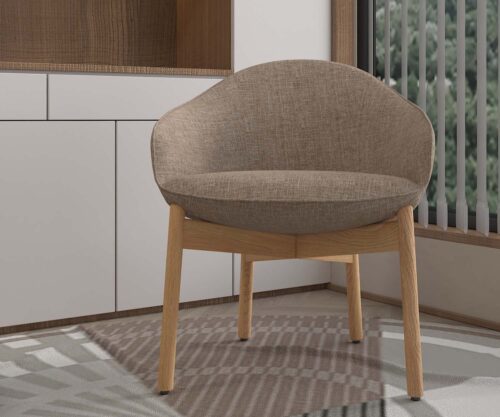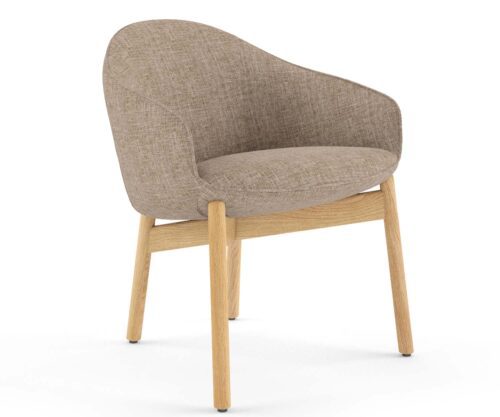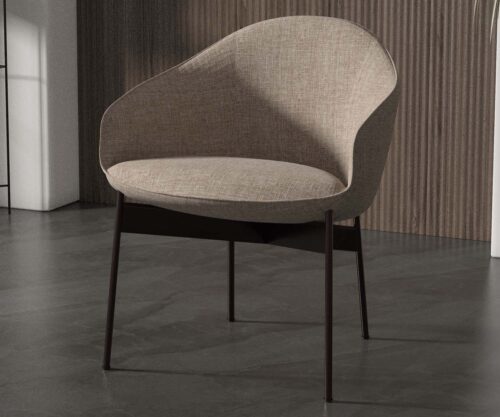Creating a Welcoming Environment: The Role of Waiting Room Furniture in Acute Care
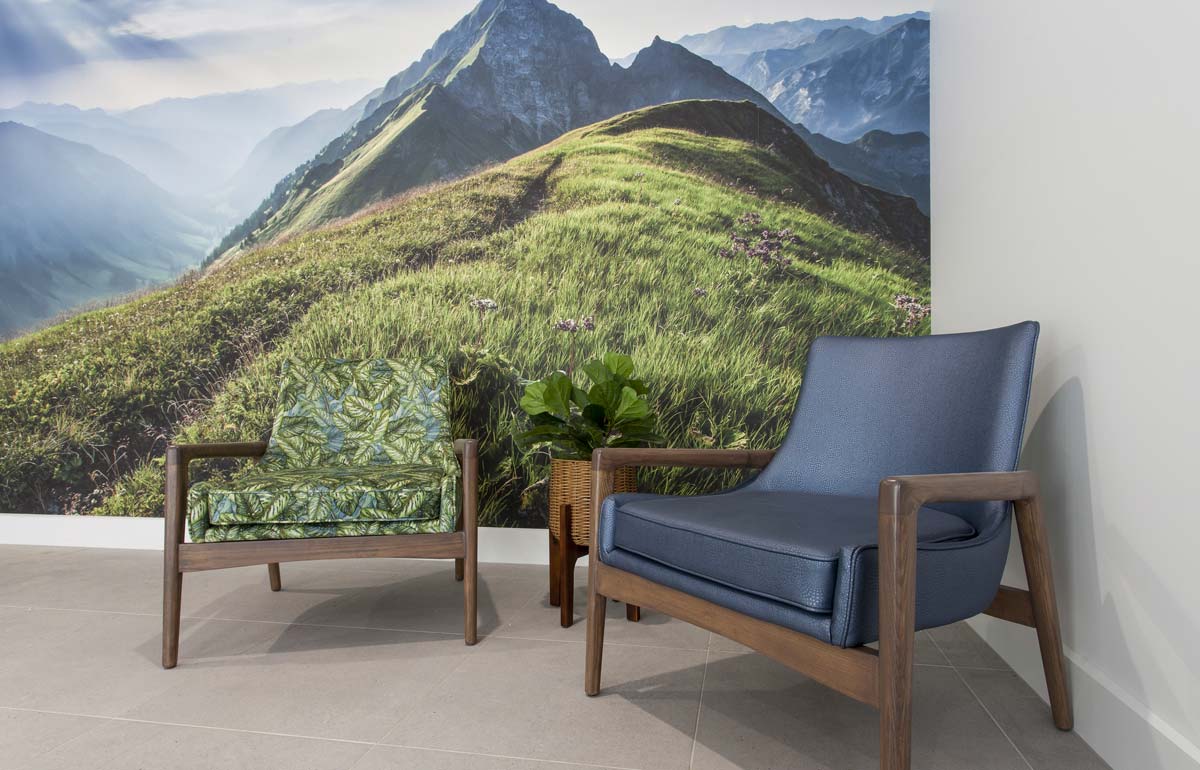
In fast-paced acute care settings, every aspect of a patient’s experience matters, including the environment that they and their families encounter while waiting for care. The furniture in the waiting room plays a crucial role in shaping both the patient’s and their family’s experience, significantly influencing their perception of the quality of care they receive. For those responsible for procuring furniture for acute care environments, understanding the importance of creating a welcoming waiting room is essential.
As poet, Maya Angelou, once said, “People will forget what you said, people will forget what you did, but people will never forget how you made them feel.”
This sentiment holds true in the acute care setting, where patients and their loved ones often experience stress and anxiety. A well-designed and comfortable waiting room can help alleviate some of these feelings and contribute to a positive overall experience.
Creating a Comfortable Waiting Room Environment
The waiting room is often the first point of contact for patients and visitors entering a healthcare facility. Therefore, it’s crucial to design a space that is comfortable, inviting, and conducive to relaxation. Comfortable seating options such as plush armchairs, sofas, and ergonomic chairs can help patients feel at ease while they wait. Additionally, providing ample space between seating areas can prevent feelings of overcrowding and promote social distancing, particularly in the context of recent global events.
Comfortable Waiting Room Checklist
- Choose comfortable seating options such as plush armchairs, sofas, and ergonomic chairs.
- Ensure ample space between seating areas to prevent overcrowding and promote social distancing.
- Incorporate features for accessibility, including armrests for support and extra-wide seats for bariatric patients.
- Use materials that are durable and easy to clean, such as leather, vinyl, or antimicrobial fabrics.
- Prioritize aesthetics by selecting furniture that aligns with the facility’s brand identity and values.
- Enhance the ambiance with elements like artwork, greenery, and natural lighting.
- Consider the placement of charging stations and reading materials to enhance patient comfort.
- Regularly assess and maintain furniture to ensure it remains in good condition and meets hygiene standards.
- Solicit feedback from patients and staff to continuously improve the waiting room environment.
Promoting Accessibility and Inclusivity
Inclusive design principles should guide the selection of waiting room furniture to ensure that all patients, regardless of age, mobility, or ability, feel welcome and accommodated. This may involve incorporating features such as armrests for support, extra-wide seats for bariatric patients, and easily accessible seating for individuals with mobility aids. By prioritizing accessibility, healthcare facilities can demonstrate their commitment to serving the diverse needs of their patient population.
Accessible and Inclusive Waiting Room Checklist
- Ensure seating options accommodate individuals of all ages, sizes, and mobility levels.
- Provide ample space between furniture to accommodate mobility aids such as wheelchairs and walkers.
- Incorporate seating with armrests and back support for individuals with mobility limitations.
- Offer a variety of seating heights to accommodate individuals with different mobility needs.
- Install signage and wayfinding aids to assist individuals with visual impairments in navigating the waiting room.
- Ensure that all furniture is stable and sturdy to prevent accidents and falls.
- Consider the needs of individuals with sensory sensitivities by providing quiet areas and minimizing harsh lighting or loud noises.
- Implement colour-contrast schemes to aid individuals with visual impairments in distinguishing between furniture and surroundings.
- Ensure that waiting room furniture is arranged in a way that allows for easy maneuverability and access for all individuals.
- Seek input from diverse stakeholders, including individuals with disabilities, in the design process to ensure that the waiting room meets the needs of all users.
Enhancing Aesthetics and Brand Image
Aesthetics play a significant role in shaping the perception of a healthcare facility. The waiting room serves as a showcase of the facility’s brand identity and values, and the furniture chosen should reflect this. Selecting furniture pieces that align with the facility’s aesthetic vision, whether it’s modern and sleek or warm and inviting, can help create a cohesive and visually appealing environment. Additionally, incorporating elements such as artwork, greenery, and natural lighting can further enhance the ambiance and contribute to a positive patient experience.
Aesthetics and Brand Image Waiting Room Checklist
- Select furniture pieces that align with the facility’s brand identity and values
- Choose a colour scheme that complements the overall aesthetic of the facility
- Incorporate elements such as artwork, greenery, and decorative accents to enhance the ambiance
- Ensure furniture arrangements promote a sense of space and flow within the waiting room
- Utilize lighting fixtures to create a welcoming and comfortable environment
- Consider the use of branded signage or logos to reinforce the facility’s identity
- Regularly assess and update the waiting room design to maintain a fresh and modern appearance
- Seek feedback from patients and visitors to ensure the design aligns with their preferences and expectations.
Prioritizing Durability and Maintenance
In the high-traffic environment of a healthcare facility, waiting room furniture must be durable enough to withstand frequent use and easy to clean to maintain optimal hygiene standards. Materials such as leather, vinyl, or antimicrobial fabrics are often preferred for their durability and ease of maintenance. Additionally, choosing furniture with removable cushions or covers can facilitate regular cleaning and disinfection protocols, promoting a safe and sanitary environment for patients and staff alike.
Durability and Maintenance Checklist
- Select furniture materials known for durability, such as leather, vinyl, or antimicrobial fabrics.
- Choose furniture designs that are easy to clean and maintain, facilitating regular disinfection protocols.
- Prioritize furniture with sturdy construction to withstand frequent use and minimize wear and tear.
- Opt for furniture with removable cushions or covers for easy cleaning and replacement.
- Consider the impact of cleaning chemicals on furniture materials and select options that are resistant to damage from disinfectants.
- Ensure that furniture meets infection control standards and regulations for healthcare environments.
- Implement a regular maintenance schedule to inspect and repair furniture as needed to prolong its lifespan and ensure safety.
- Train staff members on proper cleaning and maintenance protocols for furniture to uphold hygiene standards and prolong durability.
In conclusion, the role of waiting room furniture in acute care environments cannot be overstated. By prioritizing comfort, accessibility, aesthetics, and durability, healthcare facilities can create a welcoming environment that enhances the overall patient experience. As healthcare professionals responsible for procuring furniture for acute care settings, it is essential to recognize the impact that well-designed waiting room furniture can have on patient satisfaction and perception of care quality. By investing in furniture that prioritizes the needs and comfort of patients, healthcare facilities can set the stage for positive interactions and outcomes.
Aged Care Furniture: Australian Made to Australian Standards
More News
Creating a Welcoming Environment: The Role of Waiting Room Furniture in Acute Care

In fast-paced acute care settings, every aspect of a patient’s experience matters, including the environment that they and their families encounter while waiting for care. The furniture in the waiting room plays a crucial role in shaping both the patient’s and their family’s experience, significantly influencing their perception of the quality of care they receive. For those responsible for procuring furniture for acute care environments, understanding the importance of creating a welcoming waiting room is essential.
As poet, Maya Angelou, once said, “People will forget what you said, people will forget what you did, but people will never forget how you made them feel.”
This sentiment holds true in the acute care setting, where patients and their loved ones often experience stress and anxiety. A well-designed and comfortable waiting room can help alleviate some of these feelings and contribute to a positive overall experience.
Creating a Comfortable Waiting Room Environment
The waiting room is often the first point of contact for patients and visitors entering a healthcare facility. Therefore, it’s crucial to design a space that is comfortable, inviting, and conducive to relaxation. Comfortable seating options such as plush armchairs, sofas, and ergonomic chairs can help patients feel at ease while they wait. Additionally, providing ample space between seating areas can prevent feelings of overcrowding and promote social distancing, particularly in the context of recent global events.
Comfortable Waiting Room Checklist
- Choose comfortable seating options such as plush armchairs, sofas, and ergonomic chairs.
- Ensure ample space between seating areas to prevent overcrowding and promote social distancing.
- Incorporate features for accessibility, including armrests for support and extra-wide seats for bariatric patients.
- Use materials that are durable and easy to clean, such as leather, vinyl, or antimicrobial fabrics.
- Prioritize aesthetics by selecting furniture that aligns with the facility’s brand identity and values.
- Enhance the ambiance with elements like artwork, greenery, and natural lighting.
- Consider the placement of charging stations and reading materials to enhance patient comfort.
- Regularly assess and maintain furniture to ensure it remains in good condition and meets hygiene standards.
- Solicit feedback from patients and staff to continuously improve the waiting room environment.
Promoting Accessibility and Inclusivity
Inclusive design principles should guide the selection of waiting room furniture to ensure that all patients, regardless of age, mobility, or ability, feel welcome and accommodated. This may involve incorporating features such as armrests for support, extra-wide seats for bariatric patients, and easily accessible seating for individuals with mobility aids. By prioritizing accessibility, healthcare facilities can demonstrate their commitment to serving the diverse needs of their patient population.
Accessible and Inclusive Waiting Room Checklist
- Ensure seating options accommodate individuals of all ages, sizes, and mobility levels.
- Provide ample space between furniture to accommodate mobility aids such as wheelchairs and walkers.
- Incorporate seating with armrests and back support for individuals with mobility limitations.
- Offer a variety of seating heights to accommodate individuals with different mobility needs.
- Install signage and wayfinding aids to assist individuals with visual impairments in navigating the waiting room.
- Ensure that all furniture is stable and sturdy to prevent accidents and falls.
- Consider the needs of individuals with sensory sensitivities by providing quiet areas and minimizing harsh lighting or loud noises.
- Implement colour-contrast schemes to aid individuals with visual impairments in distinguishing between furniture and surroundings.
- Ensure that waiting room furniture is arranged in a way that allows for easy maneuverability and access for all individuals.
- Seek input from diverse stakeholders, including individuals with disabilities, in the design process to ensure that the waiting room meets the needs of all users.
Enhancing Aesthetics and Brand Image
Aesthetics play a significant role in shaping the perception of a healthcare facility. The waiting room serves as a showcase of the facility’s brand identity and values, and the furniture chosen should reflect this. Selecting furniture pieces that align with the facility’s aesthetic vision, whether it’s modern and sleek or warm and inviting, can help create a cohesive and visually appealing environment. Additionally, incorporating elements such as artwork, greenery, and natural lighting can further enhance the ambiance and contribute to a positive patient experience.
Aesthetics and Brand Image Waiting Room Checklist
- Select furniture pieces that align with the facility’s brand identity and values
- Choose a colour scheme that complements the overall aesthetic of the facility
- Incorporate elements such as artwork, greenery, and decorative accents to enhance the ambiance
- Ensure furniture arrangements promote a sense of space and flow within the waiting room
- Utilize lighting fixtures to create a welcoming and comfortable environment
- Consider the use of branded signage or logos to reinforce the facility’s identity
- Regularly assess and update the waiting room design to maintain a fresh and modern appearance
- Seek feedback from patients and visitors to ensure the design aligns with their preferences and expectations.
Prioritizing Durability and Maintenance
In the high-traffic environment of a healthcare facility, waiting room furniture must be durable enough to withstand frequent use and easy to clean to maintain optimal hygiene standards. Materials such as leather, vinyl, or antimicrobial fabrics are often preferred for their durability and ease of maintenance. Additionally, choosing furniture with removable cushions or covers can facilitate regular cleaning and disinfection protocols, promoting a safe and sanitary environment for patients and staff alike.
Durability and Maintenance Checklist
- Select furniture materials known for durability, such as leather, vinyl, or antimicrobial fabrics.
- Choose furniture designs that are easy to clean and maintain, facilitating regular disinfection protocols.
- Prioritize furniture with sturdy construction to withstand frequent use and minimize wear and tear.
- Opt for furniture with removable cushions or covers for easy cleaning and replacement.
- Consider the impact of cleaning chemicals on furniture materials and select options that are resistant to damage from disinfectants.
- Ensure that furniture meets infection control standards and regulations for healthcare environments.
- Implement a regular maintenance schedule to inspect and repair furniture as needed to prolong its lifespan and ensure safety.
- Train staff members on proper cleaning and maintenance protocols for furniture to uphold hygiene standards and prolong durability.
In conclusion, the role of waiting room furniture in acute care environments cannot be overstated. By prioritizing comfort, accessibility, aesthetics, and durability, healthcare facilities can create a welcoming environment that enhances the overall patient experience. As healthcare professionals responsible for procuring furniture for acute care settings, it is essential to recognize the impact that well-designed waiting room furniture can have on patient satisfaction and perception of care quality. By investing in furniture that prioritizes the needs and comfort of patients, healthcare facilities can set the stage for positive interactions and outcomes.
Aged Care Furniture: Australian Made to Australian Standards
Commercial furniture by room
Based in Brisbane, we’re an Australian manufacturer of aged care furniture, retirement living furniture, hospital & healthcare furniture, hotel & accommodation furniture and student accommodation furniture. We also supply a range of commercial office furniture.
Discover the FHG Look Book: Your Source of Inspiration for Quality Australian-Made Commercial Furniture
- Quality Craftsmanship: See why we’ve been a trusted partner for over 25 years.
- Local Excellence: Learn how our Brisbane team ensures the highest standards.
- Inspiration and Ideas: Find innovative furniture solutions for any environment.
Don’t miss the opportunity to transform your commercial space with FHG’s expertly crafted furniture. Download the FHG Look Book today and start your journey towards exceptional design and quality.


